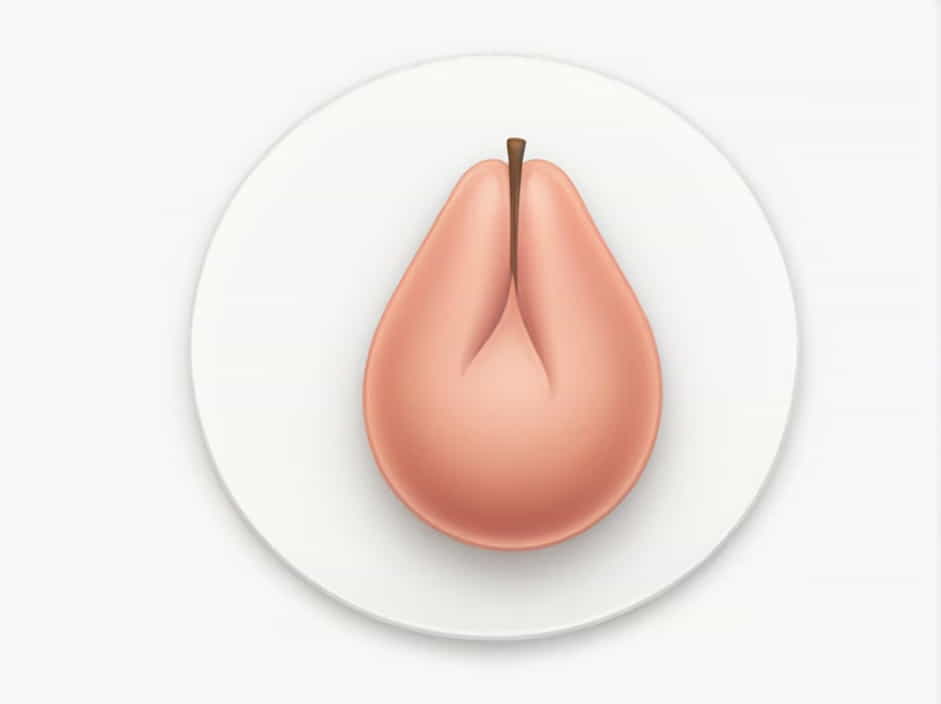The human body has various mechanisms to protect underlying organs from drying out. Without these protective systems, vital organs like the lungs, heart, and digestive organs would lose moisture and fail to function properly.
The skin, mucous membranes, and internal fluids work together to maintain hydration and prevent excessive water loss. This topic explores the key structures and biological processes that help keep the body’s internal environment moist and functional.
The Role of the Skin in Preventing Dehydration
1. The Epidermis: The First Line of Defense
The epidermis is the outermost layer of the skin, made of keratinized cells that act as a barrier against water loss. These cells contain keratin, a protein that helps retain moisture and protect against external damage.
- The stratum corneum (the top layer) consists of dead skin cells that form a tough, waterproof shield.
- Natural oils and lipids within the epidermis help lock in moisture.
2. Sebaceous Glands and Natural Oils
The sebaceous glands produce sebum, an oily substance that:
- Keeps the skin hydrated and flexible.
- Creates a protective barrier against dryness and infections.
- Helps reduce water evaporation from the skin’s surface.
3. Sweat Glands and Hydration
Sweat glands not only regulate body temperature but also play a role in skin hydration.
- Eccrine glands release sweat that cools the skin and prevents dehydration.
- Apocrine glands secrete thicker fluids that help maintain skin moisture.
Mucous Membranes: Internal Moisture Protection
1. What Are Mucous Membranes?
Mucous membranes line internal body passages like the respiratory, digestive, and urogenital tracts. They produce mucus, a slippery substance that keeps surfaces moist and protected.
2. The Respiratory System
The lungs and airways need moisture to function properly.
- The mucosa in the nasal passages traps dust and microbes while keeping the airways moist.
- Goblet cells in the respiratory tract produce mucus that prevents lung tissues from drying out.
3. The Digestive System
The mouth, esophagus, and stomach are lined with mucous membranes that:
- Keep food moving smoothly through the digestive tract.
- Protect internal tissues from dryness and damage caused by digestive enzymes.
- Maintain a moist environment for nutrient absorption.
4. The Eyes and Tears
The tear glands (lacrimal glands) produce tears that keep the eyes lubricated. Tears:
- Prevent dryness and irritation.
- Remove dust and foreign ptopics.
- Contain enzymes that protect against infections.
Internal Fluids and Their Role in Hydration
1. Blood and Lymphatic Fluids
- Blood plasma transports water and nutrients to organs, keeping them hydrated.
- The lymphatic system helps maintain fluid balance and prevents dehydration at the cellular level.
2. Synovial Fluid: Protecting Joints and Cartilage
Synovial fluid is found in the joints, providing lubrication and preventing tissue drying. This fluid:
- Reduces friction between bones.
- Keeps cartilage moist and flexible.
3. Amniotic Fluid: Protecting a Developing Fetus
During pregnancy, amniotic fluid surrounds and cushions the fetus. This fluid:
- Maintains proper hydration levels for developing organs.
- Acts as a shock absorber to prevent injury.
How the Body Regulates Water Balance
1. The Role of the Kidneys
The kidneys filter waste and regulate the body’s water balance by:
- Controlling the amount of water excreted in urine.
- Reabsorbing water when the body is dehydrated.
- Maintaining electrolyte levels to prevent excessive fluid loss.
2. The Importance of Hormones
- Antidiuretic hormone (ADH) signals the kidneys to conserve water when dehydration occurs.
- Aldosterone regulates sodium and water retention, helping maintain hydration.
Factors That Lead to Organ Drying and How to Prevent It
1. Environmental Factors
- Extreme heat and cold increase water loss through sweating or evaporation.
- Low humidity levels cause dryness in the skin and respiratory tract.
2. Dehydration from Lack of Water Intake
- Not drinking enough water can lead to dry skin, fatigue, and organ stress.
- It is recommended to drink at least 2 liters of water daily to maintain proper hydration.
3. Medical Conditions That Affect Hydration
- Diabetes can cause excessive urination and fluid loss.
- Skin conditions like eczema or psoriasis can weaken the moisture barrier.
- Certain medications, such as diuretics, can increase water loss.
4. Poor Diet and Hydration
- Diets high in processed foods and salt can lead to dehydration.
- Consuming hydrating foods like fruits, vegetables, and soups helps maintain moisture levels.
The body has several protective mechanisms to prevent underlying organs from drying out. The skin, mucous membranes, internal fluids, and hormonal regulation all play a crucial role in maintaining hydration.
By understanding how these systems work, we can take better care of our health by:
- Staying hydrated.
- Protecting our skin barrier.
- Consuming a balanced diet.
Proper hydration is essential for organ function, overall health, and disease prevention. By supporting the body’s natural moisture-retaining systems, we can ensure that our organs stay healthy and well-protected.
